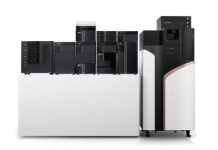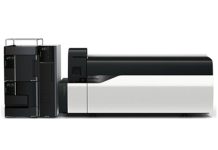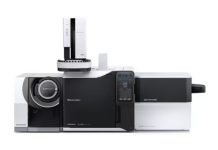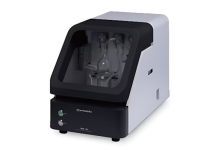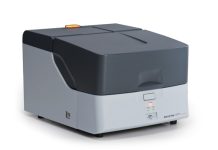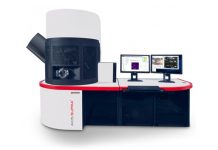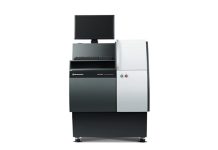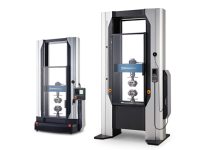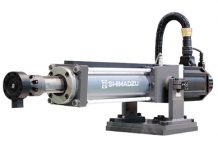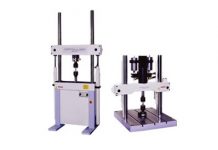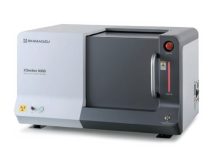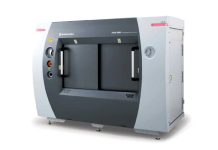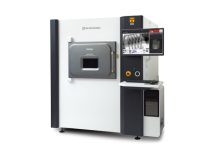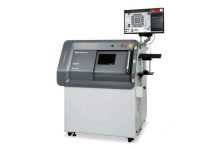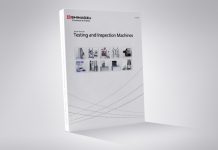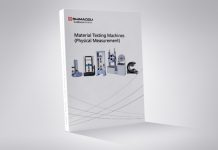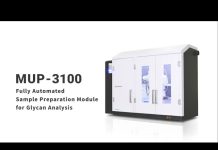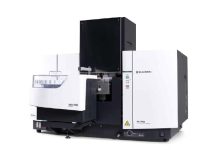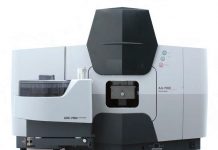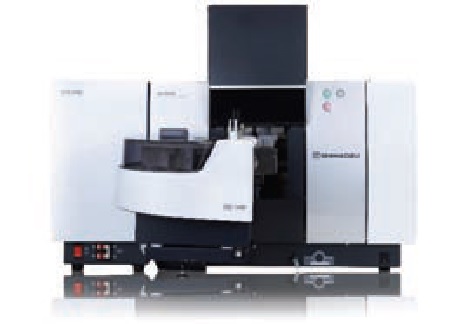
Boosting Analytical Productivity of AAS to a Higher Stage
- Enhanced Flame Analysis
- World-Class High-Sensitivity Furnace
- Evolving System Configuration
- Advanced Safety Technolgy
Major Fields of Application
Environment

Seawater, river water, effluent, sludge, air-borne dust
Metals, Semiconductors, Ceramics

Metals, minerals, glass, ceramics, IC chips
Petroleum, Chemicals, Polymers

Petroleum, oil, catalysts, chemical products, biodiesel
Medical, Biology, Pharmaceuticals

Blood, animals, plants, drugs, food products
Features
Double-Beam Optics and Stable Hardware Achieve Superior Stability
The AA-6880 Series incorporates newly developed 3D double-beam optics.
The optical system has been designed to produce maximum performance for each measurement method through optimal adjustment of the light beam and light beam digital filter, and by using optical components that restrict light losses.
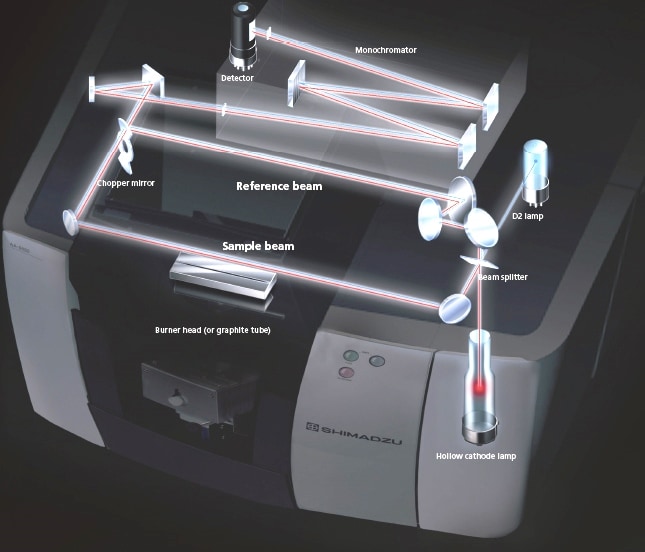
Advantages of the Double-Beam System
Long-term stability
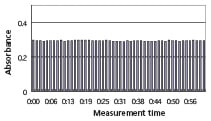
The graph shows the results of measurements on 2 ppm copper (Cu) conducted over at least one hour. (The plot shows mean values for 11 repeated measurements.) Over the course of more than 600 measurements, the instrument achieved a relative standard deviation within 1%.
High sensitivity
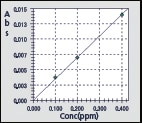
The graph shows the direct measurement results for 0.1 ppm lead (Pb).
Support for Developing Analytical Conditions
Automatic gas flow rate optimization
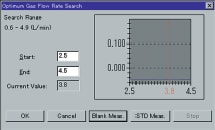
Automatic searching for optimal fuel gas flow rate (Japanese Patent 2099886). It is important to determine the optimal gas flow rate for the flame when using an organic solvent or after changing the burner height. The AA-6880F Series automatically optimizes the gas flow rate by measuring the changes in absorbance between a blank and a standard sample. The difference between the two is displayed on the screen. The gas flow rate achieving the highest sensitivity is detected and this value is automatically set as the gas flow rate value.
Optional Autosampler Reduces Analysis Workload
Low carryover
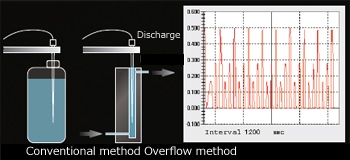
Great care must be taken to avoid carryover during flame analysis. The new ASC-6880 autosampler rinses the nozzle at the rinsing port on the overflow mechanism after each sample measurement is complete. This ensures 10-4 max. carryover during measurements of multiple samples. The graph shows the results of consecutive analyses of 10 ppm, 20 ppm, and 50 ppm sodium (Na) standard solutions in the EMISSION mode. No carryover could be detected when measuring the 10 ppm standard sample immediately after measuring the 50 ppm Na standard sample.
Trace Sample Analysis Using Micro Sampling
Micro sampling
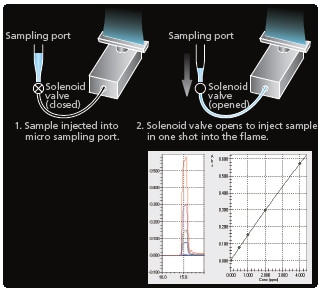
At least 1 mL (1000 μL) volume of a liquid sample is required for the continuous intake of sample during normal flame analysis. With micro sampling, however, approximately 50 to 90 μL of sample is injected in one shot into the flame and quantitation is based on the height and area of the peak signal obtained. This method offers the advantages listed below.
Advantages
- Permits analysis of small sample volumes .
- Multi-element analysis of small sample volumes .
- No blockage of burner slot with samples having a high salt concentration .
- Synchronized with the autosampler for auto-dilution measurements
* Synchronization with the autosampler requires the optional micro sampling kit.
Example of micro sampling analysis
Examples of the measured waveforms (overlaid) and calibration curve for micro sampling analysis are shown to the right. A 2-ppm Cu standard solution was prepared by auto-dilution using the autosampler. The autosampler can also be used to conduct dilution measurements of the sample. (Injection volume: 90 μL)
Achieves World-Class Lower Limits of Detection

Advances in optics and a new graphite furnace design achieve improved lower limits of detection for furnace analysis (comparison with previous Shimadzu models). This superb analysis performance is possible in all fields.
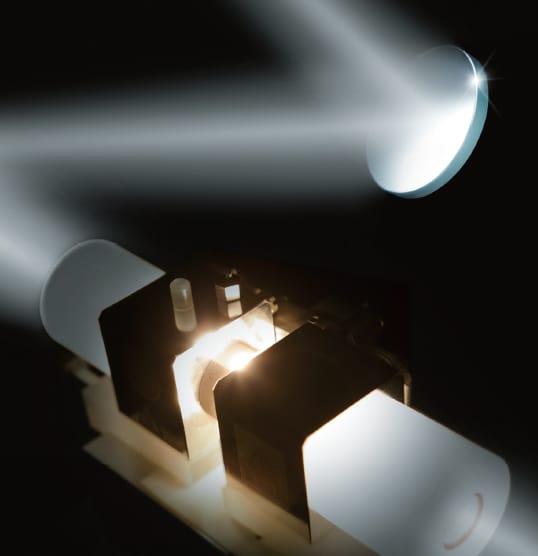
High-Performance Autosampler
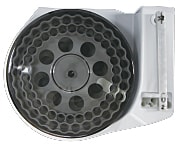
- Multi-element analysis of small sample voMix and inject up to four sample types (diluted solution, standard solution, sample, matrix modifier, etc.). (Unmixed samples can also be injected.)
- Select a fluororesin tube or pipette tip as the injection nozzle.
- Automatic dilution and re-analysis if the calibration curve concentration is exceeded.
Example of Automatic Dilution and Re-Analysis
Analysis of cadmium (Cd): The maximum concentration of the calibration curve has been set to 1ppb. At 1.8ppb, the sample of [003] has exceeded the maximum concentration. As a result, it has been automatically diluted by four times and re-measured.

High-Sensitivity Application Data (Analysis of Selenium (Se))
Independent control of the gas flow through the graphite tube during atomization achieves extremely high-sensitivity measurements. (Japanese Patent 2067563)
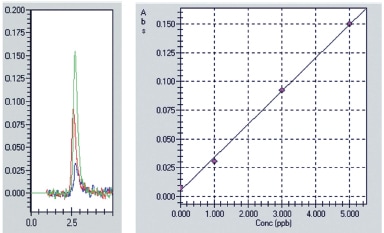
Measurement Example Showing High Sensitivity Analysis of 0 to 5 ppb selenium (Se): Sensitivity is adequate for 1 ppb measurements. (20 μL injected volume, Pd modifier, pyro-coated graphite tube)
Digital temperature control and electronic gas flow control enhance stability
Combination of a high-sensitivity optical sensor and unique digital temperature control technology achieves highly accurate temperature control in all temperature regions from drying to atomization. An electronic flow controller can precisely control the inner gas flow rate in 0.01 L/min units. These control techniques significantly enhance both the sensitivity and the data stability.
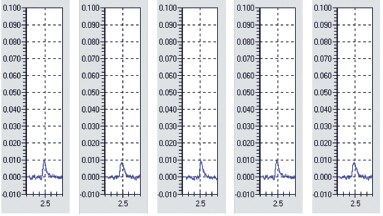
Measurement Example Showing High Stability
Analysis of 0.5 ppb lead (Pb): Approx. 5% relative standard deviation after five repeated measurements is adequate for quantitative analysis.
System Configuration Can Evolve with Your Needs
The AA-6880 Series can be upgraded by adding units to handle the analysis targets.
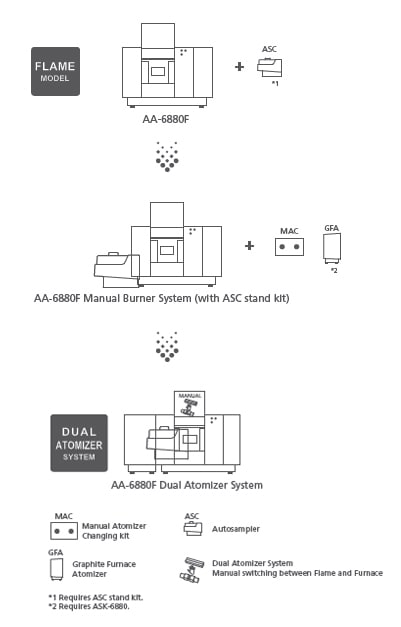
Analysis Sensitivities
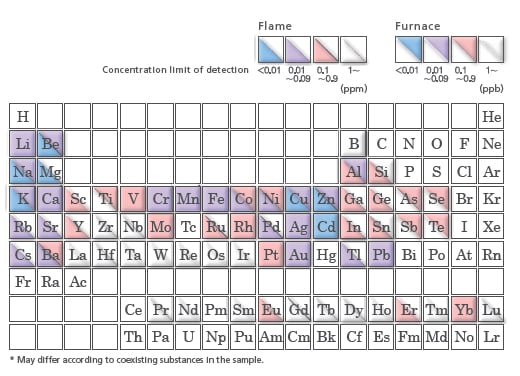
Flame Selection
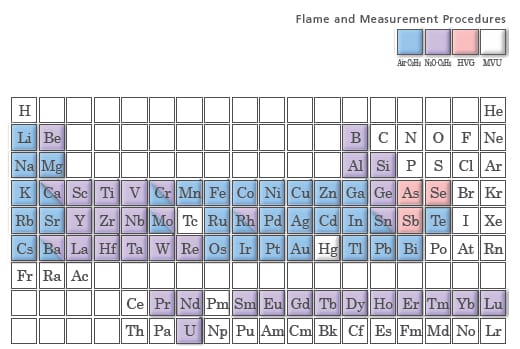
Comprehensive Safety Functions in Every System

Safety is an extremely important consideration for flame atomic absorption spectrophotometers using acetylene gas.
The AA-6880 Series instruments incorporate a comprehensive range of safety mechanisms, including gas leak detectors.
Safety Functions for Flame-Specification Instruments
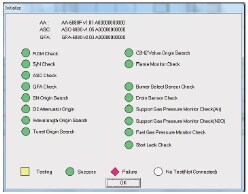
- Multimode automatic gas leak check
The fuel gas pipes inside the instrument gas controller are automatically checked for gas leaks when the power is turned on and when the flame is extinguished. Should a gas leak be detected, a warning buzzer sounds and a warning is displayed on the screen. - Automatic flame ignition and extinguishing
Flame ignition and extinguishing operations are extremely simple. The Air-C2H2 flame priority ignition mechanism prevents flashback. - Automatic gas shut-off by flame monitor
After the ignition of an Air-C2H2 flame, the flame automatically switches to an N2O-C2H2 flame. If the C2H2 flow rate does not increase due to solenoid valve trouble, for example, switching to the support gas is disabled to prevent flashback. - Pressure monitor prevents flashback
- Automatic gas shut-off by flame monitor
- Sudden power interruption detection and re-ignition safety measures
- Mechanism to prevent misuse of the burner
- Drain tank level monitor
Safety Functions for Furnace-Specification Instruments
- Cooling water flow rate monitor
- Argon gas pressure monitor Furnace cooling check
- Overcurrent protection unit (double-checked by circuit protector and optical sensor)
- Design for preventing miss-ignition
Safety-Conscious Design
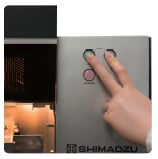
Flame-retardant materials
UL 94V-0-rated flame-retardant materials are used for the instrument external
covers and atomizer unit. This superior design pays due consideration to safety.
Safe ignition switches
The switches perfectly fit finger contours and are positioned near the window.
To prevent inadvertent operation, both switches must be pressed simultaneously to start ignition.
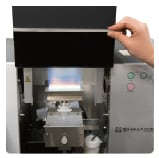
Durable pipes and reliable couplings
All pipes are selected for durability and used with highly reliable couplings.
Clear window
The large window permits observation of the flame, and the burner can be easily accessed through the large opening. The window closes when released to eliminate the chance of it being left open.
The optimal background correction methods are installed as standard: high-speed self-reversal method (SR method) and deuterium lamp method (D2 method).
These functions can correct for spectral interference in flame measurement.
Selecting the optimal background correction method for each sample ensures accurate and reliable analysis results.


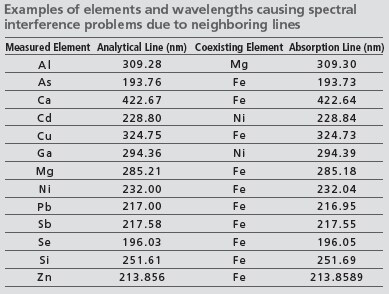
The SR method is suitable for samples containing elements that cause problems with spectral interference, as shown in the table to the left.


